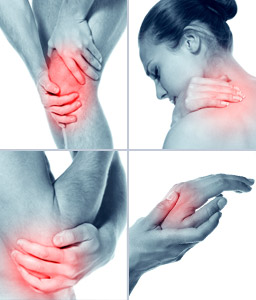


As per the hypothesis the reason for joint pain in winters could be low barometric pressure associated with cold weather. Joints may stiffen as tendons, scar tissue and synovial fluid expand and contract due to change in temperature. Due to this expansion and contraction, blood flow and nerve sensitivity can occur, contributing to aches and pains.
As the weather becomes cold, the body tries to conserve more heat and sends more blood to vital organs like heart, lungs and digestive organs. As a result, your body sends less blood to your legs, knees, arms, shoulders and other joints.
This reduced blood flow, in turn, makes the blood vessels at the joints constrict, making those areas stiffer and colder, resulting in pain and discomfort.
There is an increased tendency of muscle spasms in low temperatures, which can worsen our joints and result in stiffness. Our bodies’ pain receptors become more sensitive in the winter, which intensifies our already intense agony.
Another factor is limited sun exposure in winter which can decrease Vitamin D levels leading to damage to our bones and joints.
We can prevent joint pains in winters by:
The author is the sports Injury and Joint replacement surgeon at Dua’s Speciality Clinic.